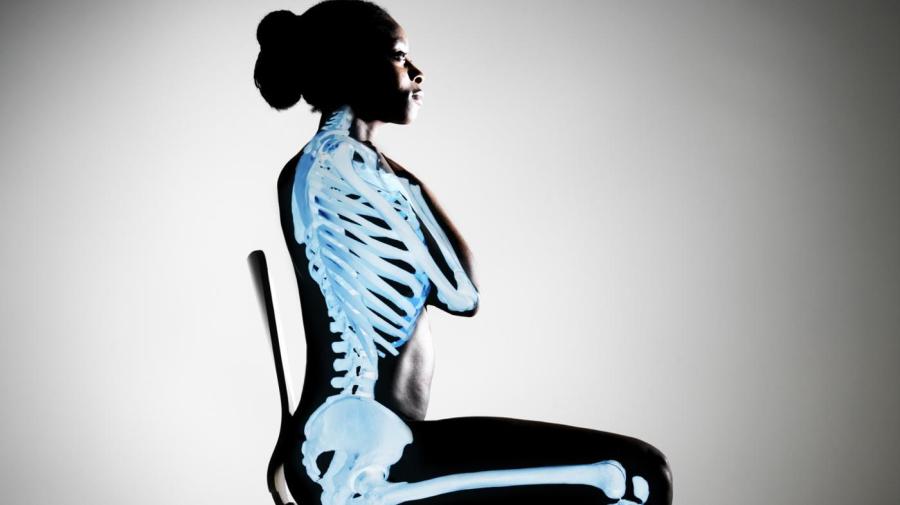What Is the Function of Bony Processes?

According to Right Diagnosis, bony processes are parts of bones that stick out from the main body of the bone, serving as attachment sites for muscles, ligaments or other connective tissues. Each of the different processes that exist in the body are named, such as the traverse processes, which are part of the vertebrae, as explained by KnowYourBack.org.
The vertebrae have several bony processes. Other examples include the spinous processes, which are palpable along the midline of a person’s back. KnowYourBack.org explains that interspinous ligaments attach to these extensions. The articular processes are found at the top and bottom of each vertebrae. Transverse processes are lateral projections of the vertebrae, and those of the neck feature a hollow canal through which the vertebral artery and vein pass. Anatomy Atlases explains that the delta, supracondylar and supracondyloid are processes of the humerus, or upper arm bone. Bony processes can vary across the human population, with some races exhibiting characteristic differences.
Right Diagnosis states that several different diseases can affect the bony processes. For example, Paget’s disease of the bones and osteomyelitis can harm the bony processes. Additionally, trauma such as fractures or cancer of the bones can harm bony processes.





